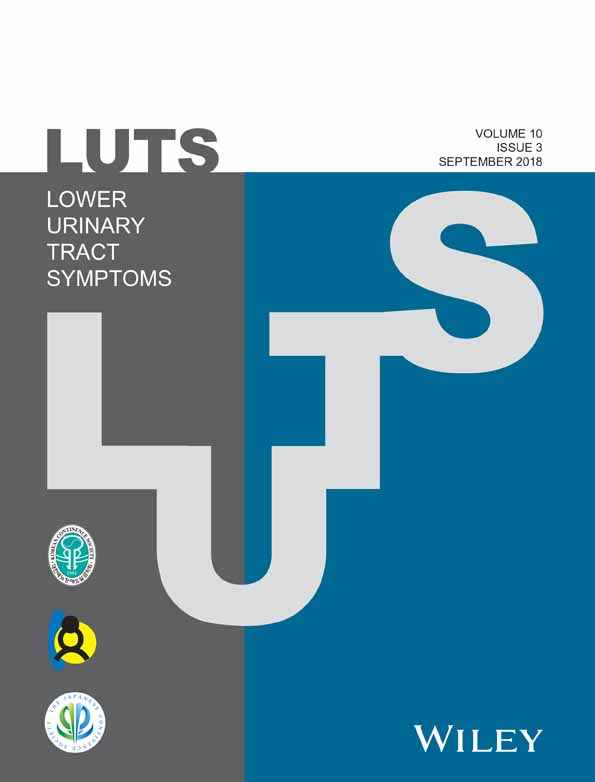Effect of Climatic Parameters on Acute Urinary Retention Incidence
Abstract
Objectives
We investigated the effect of daily climatic parameters on spontaneous acute urinary retention (sAUR) and evaluated the risk factors for refractory/recurrent AUR.
Methods
A total of 4194 patients older than 40 years were diagnosed with AUR in the emergency department at Gangnam Severance Hospital, Seoul, from January 2007 to May 2016. To evaluate climatic parameters at sAUR onset, we included individuals living in the area around the hospital. We excluded patients with fever, who did not return to the hospital after the AUR episode or with AUR occurring within 2 weeks following admission for surgery or chemotherapy.
Results
Among 818 patients living in the two districts around the hospital, winter and October had the highest seasonal and monthly rates of sAUR development, respectively, and sAUR incidence increased with age. Daily temperature range and mean wind speed were significant risk factors for sAUR development. Several daily climatic parameters had seasonal effects on sAUR incidence. Over a mean follow-up of 0.98 years, 122 patients (14.9%) developed refractory/recurrent AUR. Transitional zone index (TZI; HR = 1.03; P = 0.002) and prostate-specific antigen (PSA) at the time of sAUR (HR = 1.01; P = 0.030) were significant predictors of refractory/recurrent AUR. Benign prostate hyperplasia medication and transurethral prostatectomy after sAUR were not risk factors for refractory/recurrent AUR.
Conclusions
Cold temperature provoked sAUR in patients with higher age and International Prostate Symptom Score. Patients with higher TZI and PSA level at the time of sAUR had a greater risk of developing refractory/recurrent AUR.




